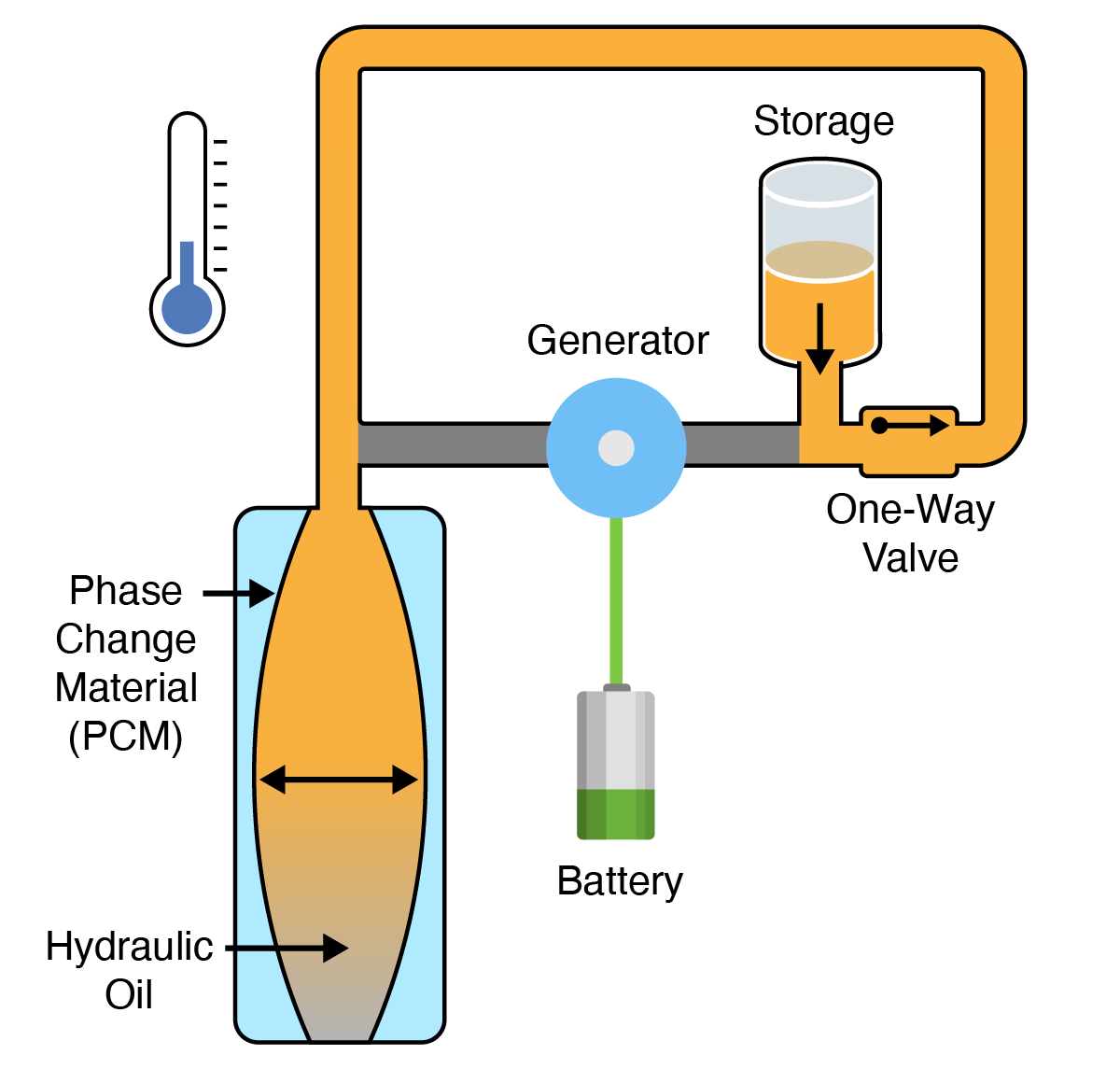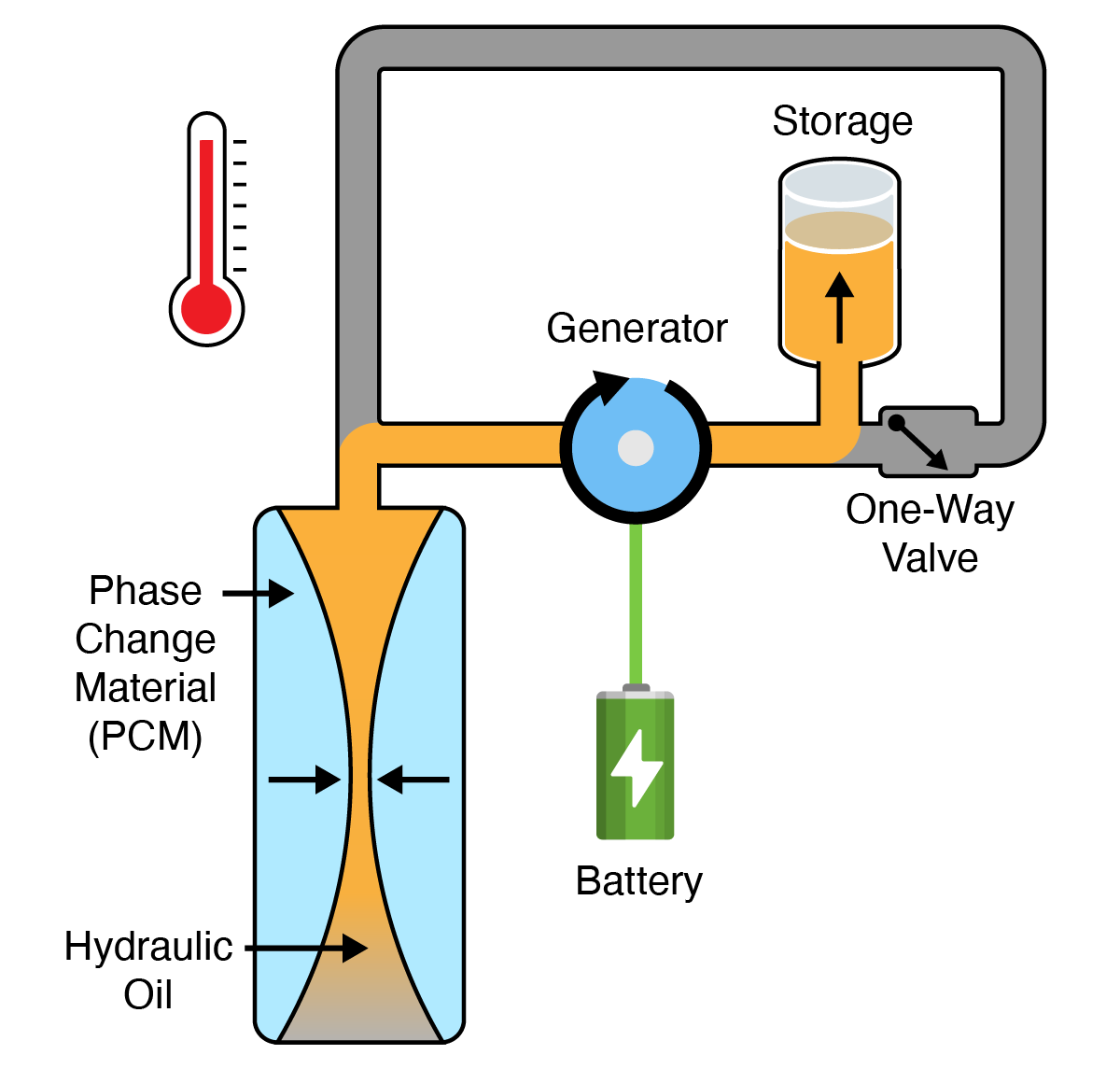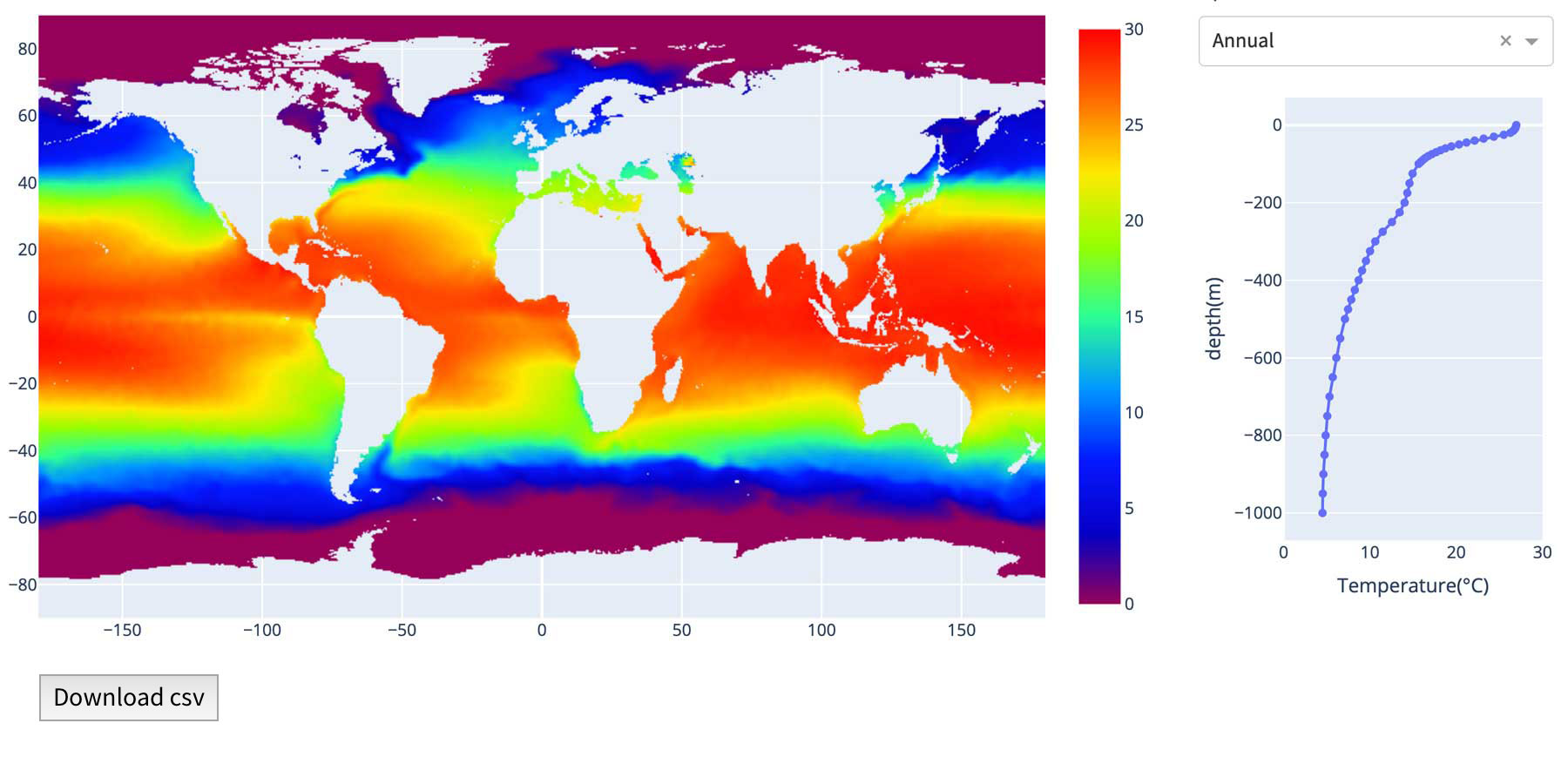Deep Technology
Harvesting Energy from Ocean Temperature Differences
Want to advance your ocean research with innovative energy harvesting solutions? Let us help you discover the power of the ocean's temperature differences. Wherever and whenever there is a temperature difference or change, we turn that thermal energy into electricity, eliminating power bottlenecks that limit your data collection.
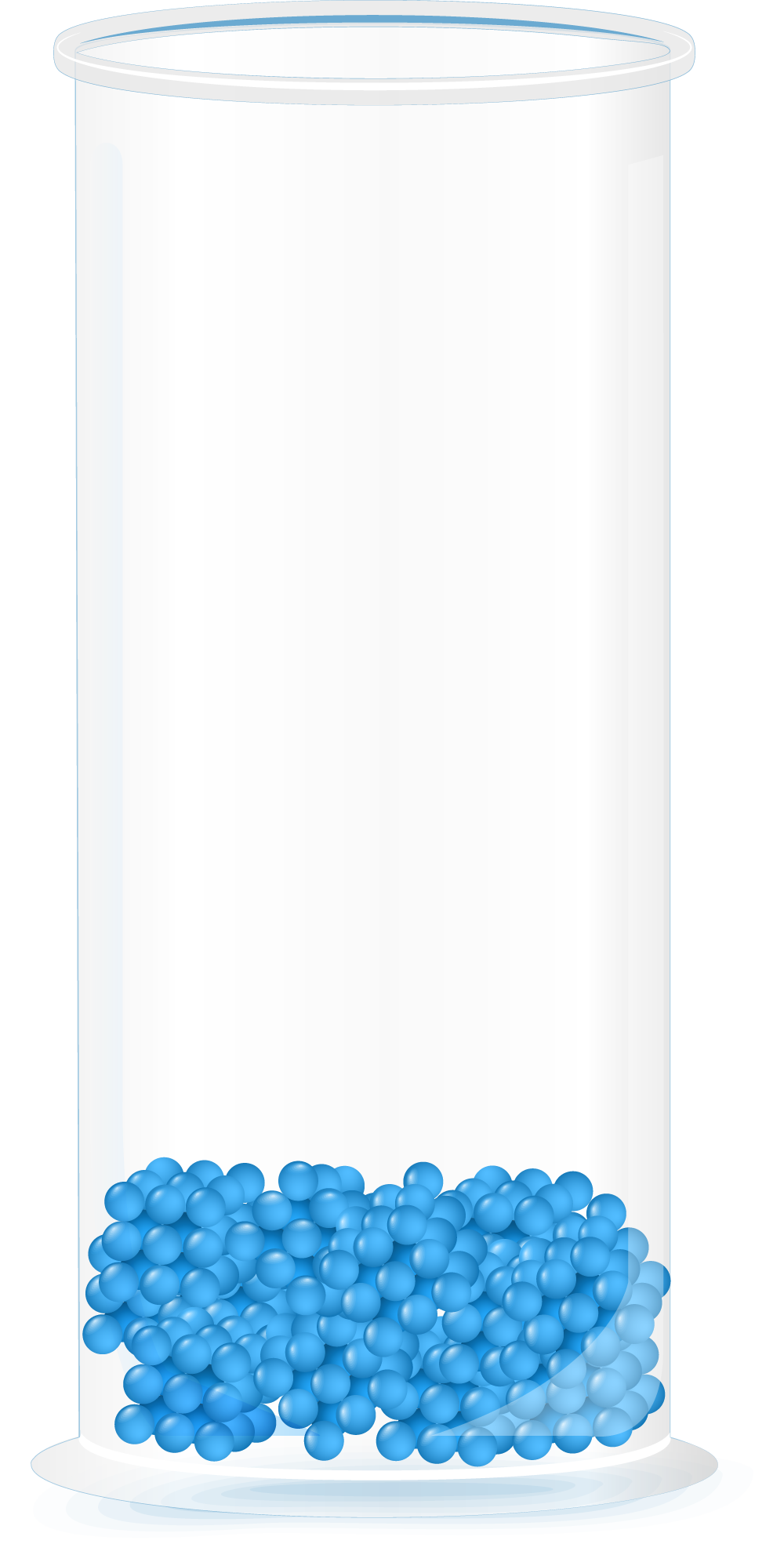
Solid
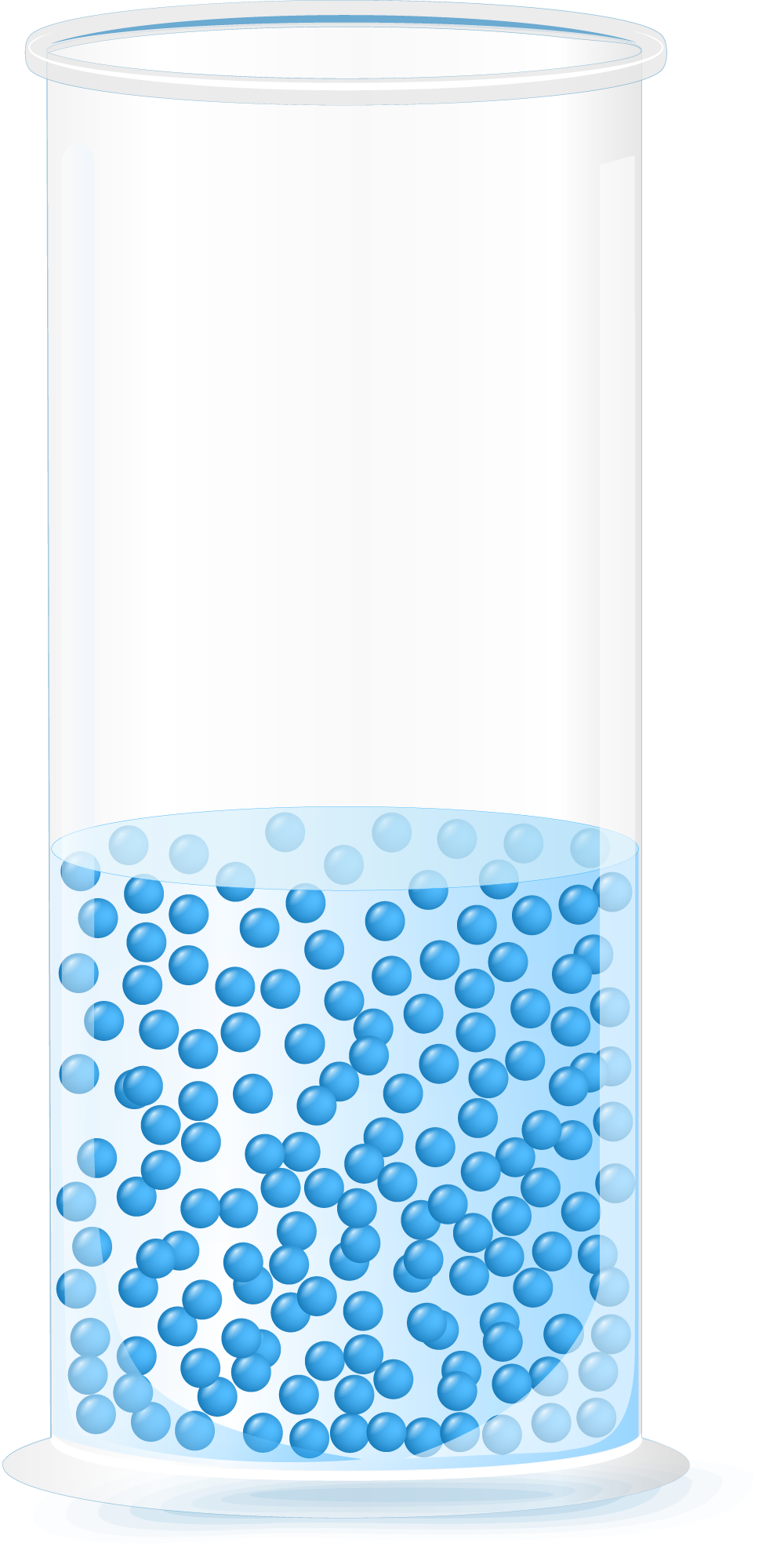
Liquid
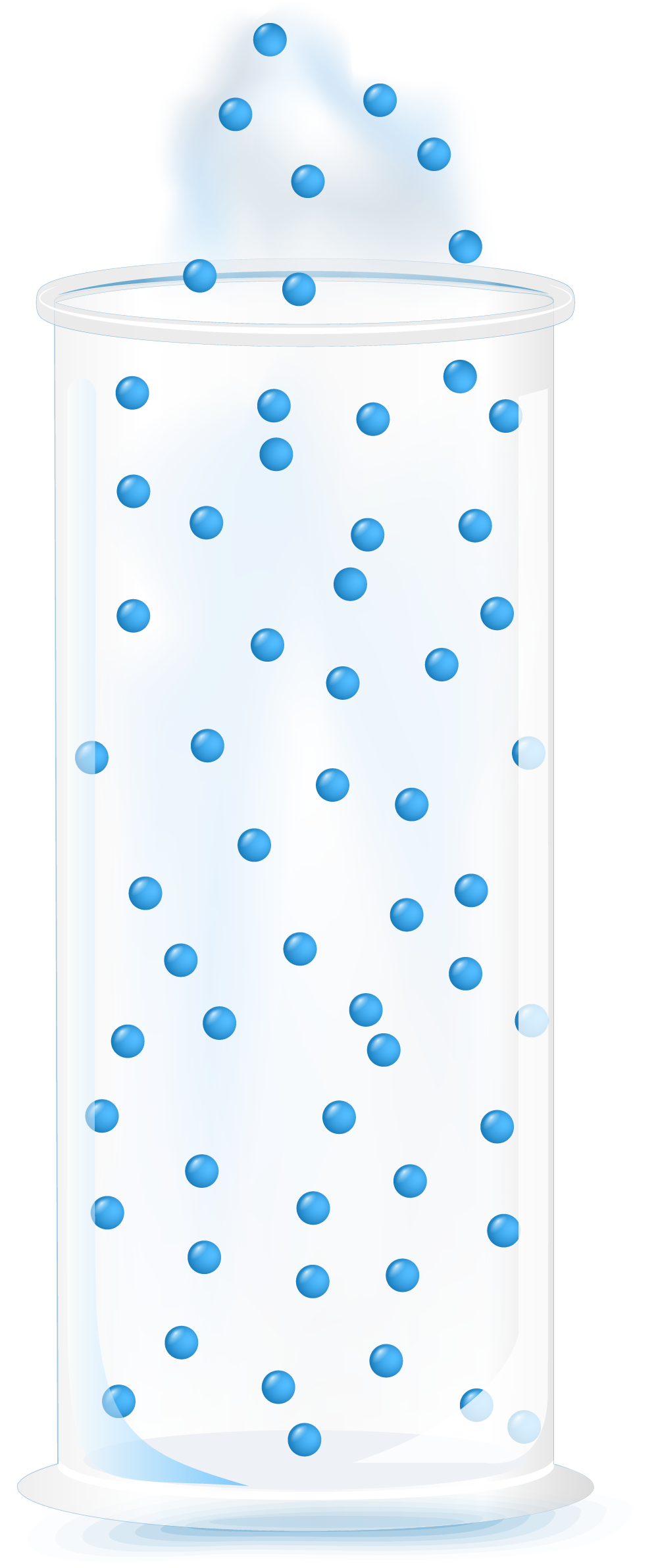
Gas
Our technology
Many substances expand as they are heated and change phase from solid-to-liquid (SL) or liquid-to-gas (LG). These Phase Change Materials (PCMs) are traditionally used to release or absorb energy to provide useful heating or cooling and have been widely used in commercial applications (e.g., SL for heating pads, LG for steam engines). In 1989, Henry Stommel introduced this concept to oceanography and envisioned energy being obtained from the ocean’s temperature stratification. Three years later, research engineer, Doug Webb, filed a patent to use temperature-responsive material to change the buoyancy of a vertically moving vehicle. And JPL/Seatrec team filed a patent in 2011 to use PCMs to convert the energy associated with the temperature differential into electricity.
Power Generation
The PCM expansion results in pressure that can be captured and used to generate electricity. Seatrec is developing technologies to generate energy from both the solid-to-liquid (SL) and liquid-to-gas (LG) phase transitions. For the solid-to-liquid (SL) example, when PCMs experience temperature changes, they undergo a phase transition and change volume. This volume change will drive a motor through pressurized fluid, converting hydraulic energy into electricity. Here’s a schematic of Seatrec’s SL energy harvesting system. During the warming phase (left) the contained working substance changes phase from solid to liquid, expands, and generates pressure that forces hydraulic oil through a generator to produce electrical energy. During the cooling phase (right) the working substance freezes and contracts.
Our Latest R&D
Innovation is key for us, and we’ve been working with multiple government entities and industry partners to refine our technology and create new energy solutions for ocean sciences. For example, a moored profiler can be significantly larger than SL1 or SLG and provide 10x or even 100x increase of energy output in order to power sensors and charge propeller-driven Autonomous Underwater Vehicles (AUVs). Liquid-to-Gas (LG) technology is also being developed in order to provide continuous power generation underwater as well as on-ice in the Arctic environment.
This is what we’ve been working on recently:
- Development of Ocean Thermal Energy Harvesting Systems, Phase 2 SBIR, Office of Naval Research (ONR)
- Demonstration of a thermally-powered underwater glider for research to support ocean exploration” Schmidt Marine Technology Partners, Schmidt Family Foundation
- Harvesting Thermal Energy for Low Power Arctic Sensors and Data Communications, Phase 1 Small Business Technology Transfer (STTR), Office of Naval Research (ONR)
- Development of a Long Endurance and Fast Profiling Float” Direct-to-Phase 2 SBIR, Defense Advanced Research Projects Agency (DARPA)
Want to see more? Here’s what we’ve done in the past.
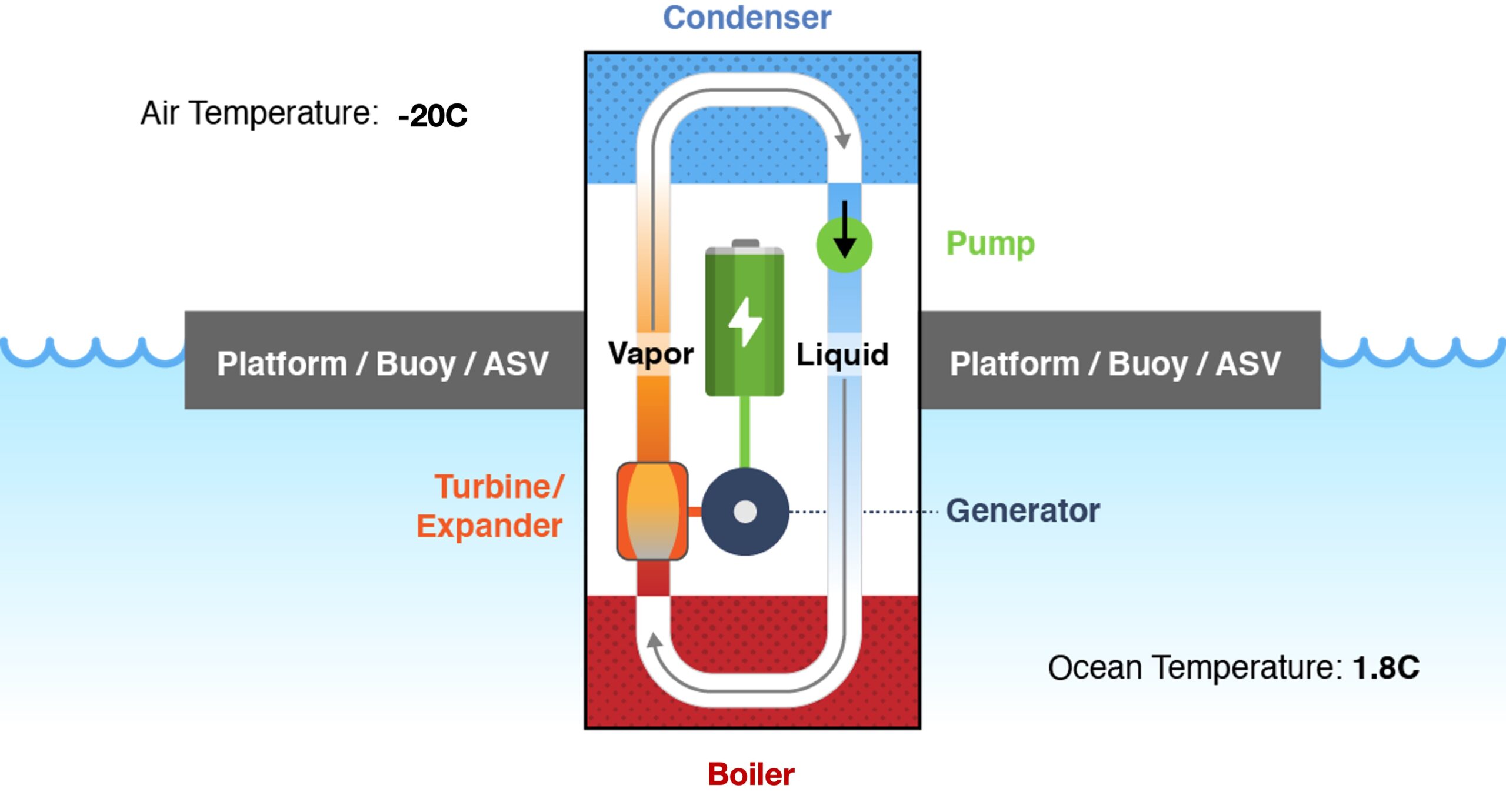
Patents
Patent awarded: Phase Change Material Thermal Power Generator (US7987674, 2011)
Patent awarded: Phase Change Material Thermal Power Generator (US8689556, 2014)
Patent awarded: Environmental Thermal Energy Conversion (US10443581, 2019)
Patent awarded: Environmental Thermal Energy Conversion (US10989178, 2021)
Patent awarded: Environmental Thermal Energy Conversion (AU2017355404 2022)
Patent awarded: Apparatus and Method for Making Internally Finned Pressure Vessel (US11549644 2023)
Got enough temperature difference?
If you’re wondering where there is sufficient temperature difference for Seatrec’s technology to effectively harvest energy in the ocean, the geeks in our computational oceanography department can help. Simply complete this form, and we will send you a CSV file.

